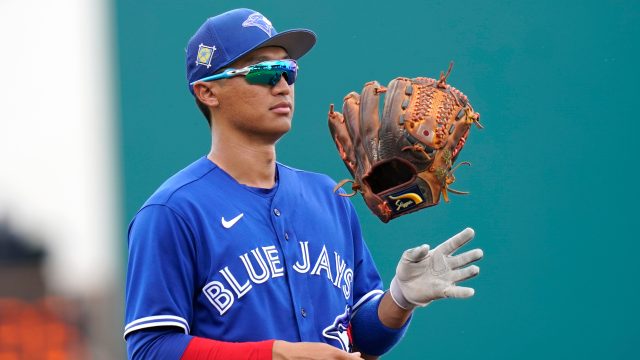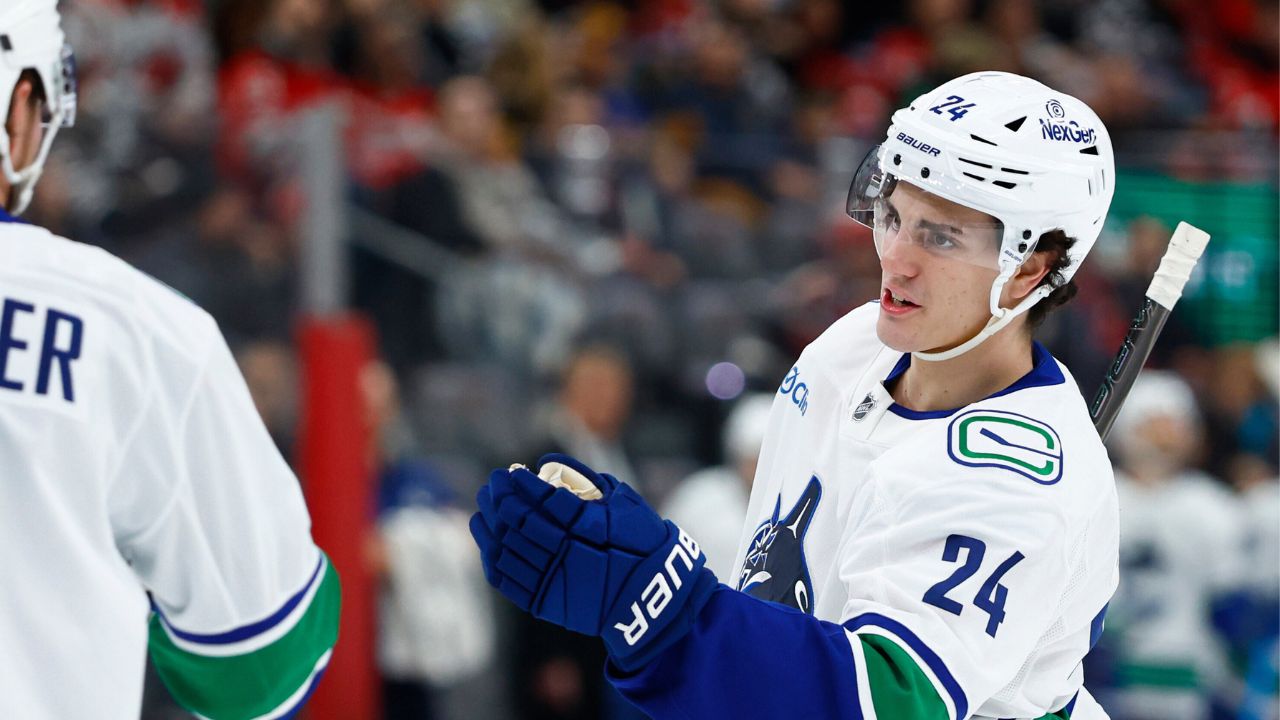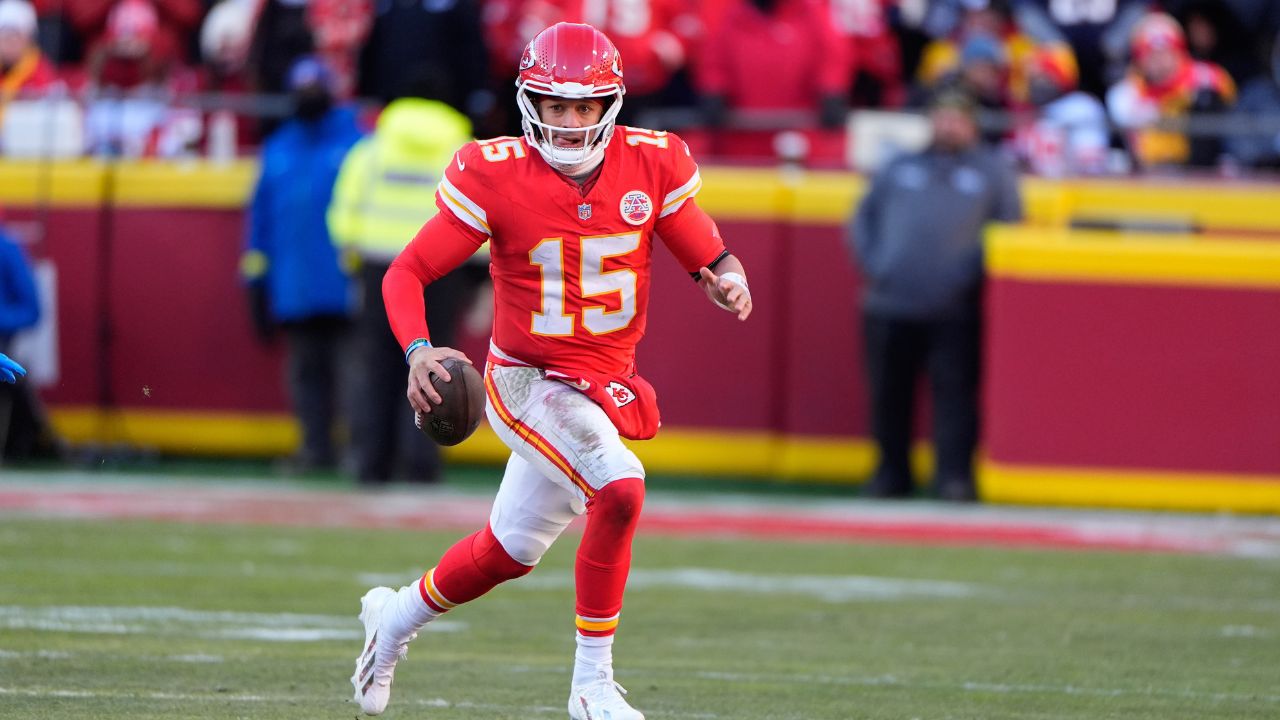
CLEVELAND — Teoscar Hernandez’s locker in the visitors’ clubhouse at Progressive Field had everything. Training tops, hoodies, and track pants draped from hangers. A fresh powder blue uniform with his number 37 on the back. A row of cleats, including the pink pair with hearts on the back fresh out of the box ahead of Sunday’s Mother’s Day matinee.
Everything but him. As the Toronto Blue Jays prepared to open a four-game set with the Cleveland Guardians on Thursday, Hernandez remained a couple thousand kilometres away in Dunedin, Fla., where he was scheduled to bat second and play the outfield in an A-ball game.
There was some hope that Hernandez, out for three weeks due to an oblique strain, might be ready to return to major-league duty Thursday on a chilly night along Lake Erie’s southern shore. But after he went 3-for 7 over a couple games with Dunedin earlier this week, a decision was made to give him one more tune-up, one more opportunity to get the engine humming before reclaiming his rightful cleanup position in the Blue Jays batting order on Friday or — if that game’s rained out — Saturday.
“That’s the hope, yeah. It depends how it goes [Thursday]. But that’s our plan. That’s what we’re thinking,” said Blue Jays manager Charlie Montoyo. “He felt like he needed one more. He’s going to play in the outfield, seven to nine innings. And then we’ll go from there.”
And so, Montoyo’s Blue Jays went to work Thursday trying not to let this week’s stumble in a series loss at home to the New York Yankees become a skid. And they even put up five whole runs — only the second time in the last nine they’ve scored more than three. But baseball being the cruelest game of them all, it was the pitching that did them in, as the Blue Jays fell to the Guardians, 6-5, behind a short, shaky outing from starter Jose Berrios.
Berrios was off, featuring slightly reduced velocity — and substantially reduced spin rates — on all of his pitches, which explains the fact he missed only four bats on the evening. All 22 batters he faced put the ball in play, half of them at 93 m.p.h. or harder. He didn’t give up anything exceptionally loud, but he didn’t induce much quiet contact, either, getting bled for six runs on eight hits — six of them singles — over 4.2 innings. It was a bit of a weird one.
Conditions were much less than ideal for pitching, to be sure. The game was played in a steady rainfall from the third inning on, which made an already cold and unpleasant night into a downright miserable one and turned the pitcher’s mound into ground beef. That could explain some of the fastballs Berrios failed to execute where he intended, like the two-seamers that sat up on the plate for right-handers and the four-seamers that flew up-and-away from lefties. Landing his changeup to left-handers was a struggle throughout the night, as well, helping produce only the sixth time in 154 career outings that he’s failed to record a strikeout.
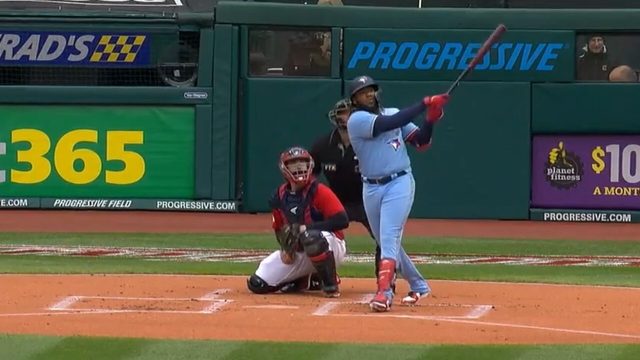
Toronto’s offence, meanwhile, got off to a familiar start, struggling to convert chances around a two-run, first-inning shot off Vladimir Guerrero Jr.’s bat. But the levee broke in the sixth when Bo Bichette led off with his third single of the night, Guerrero was hit by a pitch, and, two outs later, within a strike of yet another wasted opportunity with runners on, Zack Collins lobbed a two-run double just beyond Steven Kwan’s outstretched glove in right field. Alejandro Kirk went deep an inning later — his first homer in 107 plate appearances — to give the Blue Jays a fifth run. But on this night, Toronto needed more.
In that regard, Hernandez’s return would go a long way. Even a slightly compromised Hernandez. A still-finding-his-timing Hernandez. A tick-late-on-premium-MLB-velocity Hernandez. Montoyo couldn’t say whether the outfielder would be up to full speed if he was back in Toronto’s lineup on Friday or Saturday. Truly, no one can. But the Blue Jays manager believes Hernandez’s mere presence could make a difference.
“It’ll just be nice to see him in the lineup. That’ll be great,” Montoyo said. “He’s one of our best hitters. And he protects Vladdy, too. If you don’t want to pitch to Vladdy, go ahead and pitch to Teoscar.”
Now, there’s no empirical reason to believe lineup protection is a real thing. Good hitters tend to hit no matter who bats behind them. Juan Soto’s being “protected” this year by Nelson Cruz, who carries a .442 OPS. Jose Ramirez most often hits in front of Franmil Reyes, he of the 25 wRC+.
But maybe it doesn’t matter if the objective numbers say it doesn’t exist when the subjective mindset of the hitter is that it does. And in 19 games without Hernandez standing in the batter’s box over his shoulder, Guerrero was batting .250/.329/.382 with a 102 wRC+ — well below the standard he’s set for himself.
So, maybe there is something to it. Or maybe Guerrero’s just been scuffling a bit less than a month into his season. He’s primarily been batting in front of Lourdes Gurriel Jr. since Hernandez went down, after all. And Gurriel’s hitting. 306/.342/.471 with a 135 wRC+ since the day after Hernandez’s injury.
Maybe slicing it all up like this is a gigantic waste of time. Probably. While Hernandez was in Florida on Thursday, Guerrero was launching his seventh homer of the season 392 feet over the left field wall. Over the 16-game stretch Hernandez missed last season with COVID-19, Guerrero had a 1.143 OPS with more walks (13) than strikeouts (nine). Maybe Guerrero’s going to be fine.
Maybe it’s the Blue Jays overall offence, which has lacked punch through the first 15 per cent of its schedule, that stands to benefit most from Hernandez’s return. Of course, it’s important to remember that most clubs have lacked thump early in this odd, hastily-begun season in which the average MLB offence is scoring 4.08 runs per game — .45 of a run lower than 2021, .57 lower than 2020, and an astounding .75 lower than 2019. But the fact remains the Blue Jays have produced below even that depressed rate, averaging 3.73 runs per contest.
The club entered Thursday’s play batting .241/.300/.403 as a team, producing a 105 wRC+ in the process. The latter figure tells you the club’s offence has been five per cent better than league average in the context of 2022’s unusual environment. But the slash line preceding it affirms how frustrating the road to that result has been to watch.
The .300 OBP is a bottom-10 figure league-wide; as is the club’s 75.2-per-cent contact rate. But then there are top-five marks in hits, hard-hit rate, and home runs. How does one square this? Well, essentially, when the ball’s been put in play, good things have happened. A lot of those balls have cleared fences. But putting the ball in play consistently has been an issue. As has sequencing, which has been this team’s truly tragic flaw.
The Blue Jays began Thursday batting .172/.244/.297 with runners in scoring position, good for an MLB-worst 53 wRC+. A .188 BABIP and 31 per cent hard-hit rate — eighth-highest in MLB — in those scenarios strongly suggest better results are on the horizon. They almost have to be. But until the regression hits, and the offence starts stringing together more rallies, the most reliable way for Toronto to score runs will likely continue to be with the long ball.
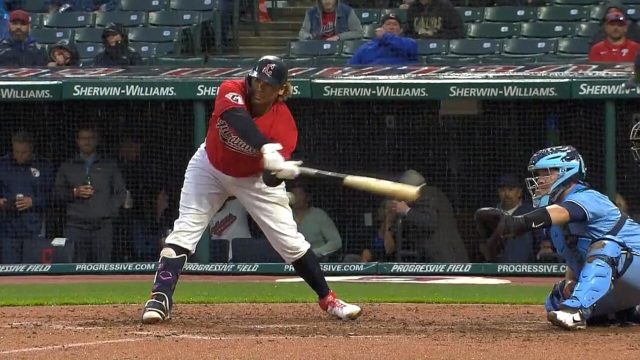
Hernandez, of course, specializes in that. He went deep 32 times last season and his 2022 was off to a typically productive start, as he reached base in eight of his first 23 plate appearances before suffering his injury on a swing during a mid-April game at Yankee Stadium. He tied a game with a three-run homer on opening day; he had three hits during a narrow win in the Bronx days later; nine of the 13 balls he put in play came off his bat at 95 m.p.h. or harder.
But that’s a small sample. Here’s a large one. Since returning from a minor-league demotion on June 5, 2019, Hernandez has posted a 133 wRC+, a top-30 mark across MLB. He’s hit .282/.341/.541 with 72 home runs, the 16th-most in the game over that span. He’s been named to an all-star team and won two Silver Sluggers. Any way you slice it, he’s been one of the game’s best offensive performers. And any time you’re adding a bat like his to your lineup, you’re substantially improving your run expectancy on a nightly basis.
And there are knock-on impacts beyond the production Hernandez provides at the plate. His return lengthens Toronto’s batting order, bumping Gurriel Jr. — off to a fine start at .274/.311/.411 with nine extra-base hits — into the five hole, ahead of Matt Chapman and Santiago Espinal, plus one of Kirk, Collins, or Tyler Heineman behind the plate. From there, the Blue Jays can play matchups at the bottom of the lineup with Bradley Zimmer and Raimel Tapia, whose .321 xwOBA stands in stark contrast to his actual .238 wOBA and suggests he’s deserved better results than he’s seen.
Still, good luck or bad, Zimmer and Tapia’s offensive performance has been underwhelming, and Hernandez’s return lessens the need to play one or the other each day as an outfielder. That necessity without Hernandez has undoubtedly hurt Zimmer and Tapia, as they’ve occasionally been forced into unideal matchups against left-handed pitching.
Ironically, after spending spring training searching far and wide for left-handed bats to add to an unbalanced roster, the Blue Jays have spent the last several weeks in need of a right-handed hitter who can play the outfield., which was part of the reasoning behind Vinny Capra’s promotion last week. A healthy Hernandez eliminates that immediate need. But the depth gap still exists and could be tested again should one of Hernandez, Gurriel, or George Springer go down to injury.
Now, one way to help prevent a scenario like that is with recovery days, which Toronto’s three outfielders can expect to receive, either in the form of a full day off or a designated hitter assignment. That will means Tapia and Zimmer still have semi-regular roles to play — particularly Tapia, who’s made an adjustment with his hands at the plate to help induce more hard, fly-ball contact, and has seen a nearly 20-per-cent reduction in his groundball rate, and 10-per-cent increase in his hard-hit rate, as a result.
But the Blue Jays can be much more targeted in how they deploy those players going forward, searching for exploitable matchups that play to their strengths. So, sure, it’d be best to have Hernandez feeling his best at the plate before returning to the majors. But his mere presence ought to help Toronto’s offence in more ways than one.
And his locker in the vistors’ clubhouse at Progressive Field is ready. A fresh uniform; a row of cleats; training tops, hoodies, and track pants draped from hangers. All that’s missing is Hernandez himself. He hit another homer Thursday, a first-pitch rocket to right-centre off some kid in single-A. Later, he walked and stole second. Maybe that’s what he needed. Maybe Friday’s the day. If it is, it won’t be a moment too soon.



